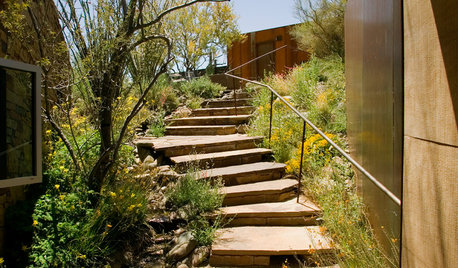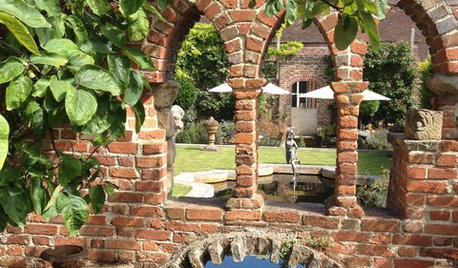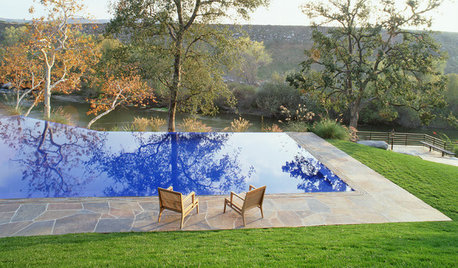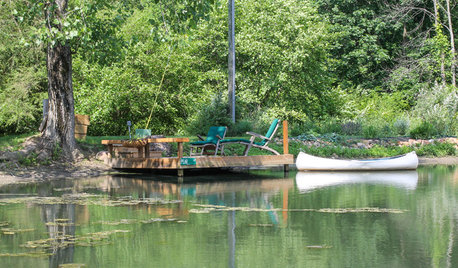Using Pond Muck In Raised Beds
jmh8098
14 years ago
Related Stories

FARM YOUR YARDHow to Build a Raised Bed for Your Veggies and Plants
Whether you’re farming your parking strip or beautifying your backyard, a planting box you make yourself can come in mighty handy
Full Story
GARDENING AND LANDSCAPINGHow to Make a Pond
You can make an outdoor fish paradise of your own, for less than you might think. But you'll need this expert design wisdom
Full Story
WINDOW TREATMENTSRoller Shades Raise the Curtain on Style
The humble window treatment is stealing the scene with fresh patterns, color and pizzazz
Full Story
FEEL-GOOD HOME12 Very Useful Things I've Learned From Designers
These simple ideas can make life at home more efficient and enjoyable
Full Story
ARCHITECTUREHouzz Tour: A Pond House in the Arizona Desert
With water in the back and a descent to get in, this skillfully designed modern home keeps its cool in the Southwestern sun
Full Story
FARM YOUR YARDAdvice on Canyon Farming From L.A.'s Vegetable Whisperer
See how a screened garden house and raised beds help an edible garden in a Los Angeles canyon thrive
Full Story
LANDSCAPE DESIGNExplore a Magical Restored English Garden
History comes alive in the gardens of a Rochester townhouse, filled with sculptural yew, a topiary parterre and an archway-draped pond
Full Story
GARDENING AND LANDSCAPINGReflecting Pools as Liquid Assets
Mirroring the sky and the earth, reflecting pools and ponds heighten the sensory experience of nature in your landscape
Full Story
MY HOUZZMy Houzz: A Dream of Country Living Comes True
A couple garden and raise chickens in their retreat-like historic Maryland property, learning as they go
Full Story
DECORATING GUIDES7 Renaissance Design Features Right at Home Today
Your home may be taking design cues from the Medicis, from a single silk pillow to a sky-high ceiling over that four-poster bed
Full StoryMore Discussions







david52 Zone 6
bluelake
Related Professionals
Maple Valley Landscape Architects & Landscape Designers · Frisco Landscape Contractors · Pottstown Landscape Contractors · Blue Springs Landscape Contractors · Cincinnati Landscape Contractors · Cupertino Landscape Contractors · Downey Landscape Contractors · Kaysville Landscape Contractors · Live Oak Landscape Contractors · Panama City Beach Landscape Contractors · Richmond Landscape Contractors · San Rafael Landscape Contractors · Vermilion Landscape Contractors · Oak Ridge Decks, Patios & Outdoor Enclosures · Roanoke Decks, Patios & Outdoor EnclosuresPKponder TX Z7B
natschultz
Kimmsr